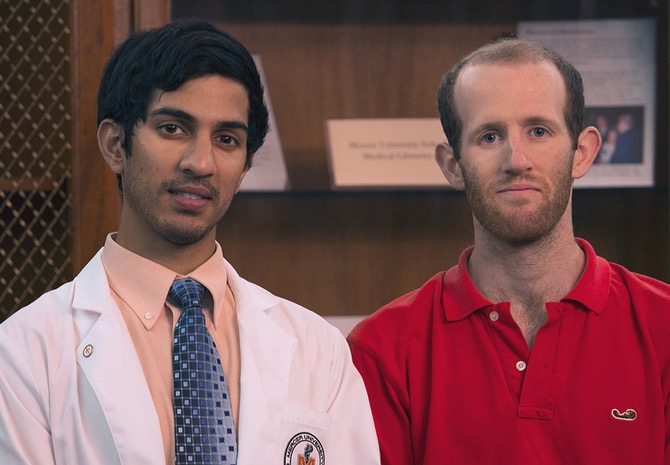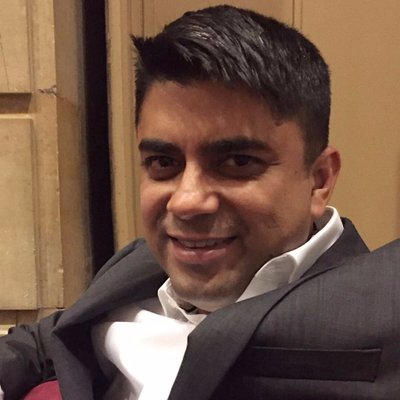There’s been a lot of talk about crowdsourcing lately. Everything from criminal investigations, to the tax code, to ski resorts have been crowdsourced or considered for crowdsourcing. And now medicine has thrown its hat in this trendy ring. KQED’s “Future of You” recently reported on a company called CrowdMed that wants to be the “Wikipedia of medicine.” (Due to space constraints, this blog post will not engage the important question of whether Wikipedia itself, is, in fact, the Wikipedia of medicine.)
CrowdMed touts itself as harnessing the wisdom of the crowd to improve and expedite diagnosis and treatment for patients whose doctors don’t have the answer. (The company was inspired by the difficulty its founder’s sister had in getting a rare condition diagnosed.) “Patients” pay CrowdMed a subscription fee ranging from $99-$249 per month in order to submit an account of their symptoms and medical history to CrowdMed’s “Medical Detectives.”
The Medical Detectives – who might be physicians or other healthcare professionals, but also might be any average Joe – read patients’ cases, and interact directly with patients to ask questions about their cases.
Continue reading…
















